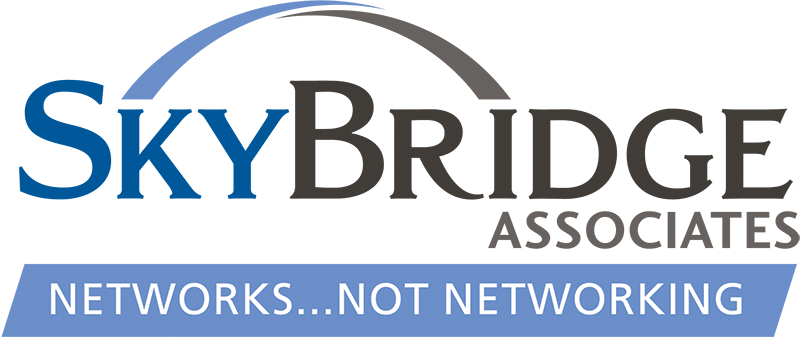Guiding Principles
We draw inspiration from many sources, which together provide a foundation for our collaborative, question-oriented approach. The following important principles guide our work.

Titles signal organizational authority, but true leadership extends beyond formal titles. The best leaders see possibility in ambiguity, and draw on intangible skills to pursue important opportunities. Leaders must be authentic, and effective leadership demands creativity, courage, and judgement that are honed with experience.

Beliefs > behaviors > outcomes. Beliefs are critically important and rarely challenged, yet they always determine behavior. Leaders must help their teams to recognize (often subconscious) beliefs in order to create lasting change.

Organizations are not machines; they resemble living organisms, changing and adapting along with their environment. Few organizations exist in closed systems, and leaders must consider how internal and external forces might influence their organization. For example, new rules and technologies often impact systems in unexpected ways.

Landing on the moon is complicated; however, scientists understand the relationship between cause and effect, and can solve this problem with enough expertise, information, and resources. In contrast, human interactions are complex; cause and effect can only be understood retroactively, and hindsight does not ensure foresight. Complex problems defy precision, and unintended consequences abound. Leadership in the face of complexity demands flexibility, curiosity, and a willingness to experiment.

Civilizations have long used stories and myths to inspire action and propagate important values and knowledge. Stories often draw upon metaphors that contain meaning and influence beliefs on a deep, emotional level. By reframing a situation using powerful metaphors, leaders can help their teams perceive opportunities in a new light and craft “parables” that are shared with others.

During a period of change, “unfreezing” is followed by transition and “refreezing.” The unfreezing phase requires divergent thinking, as individuals and groups generate new ideas, associations, models, and approaches that challenge the status quo. Groups must eventually converge to realize progress; however, breakthroughs often occur when a group resists the temptation to converge on a final solution too soon.

Leadership in inherently creative. Just as a painter is constrained by the size of the canvas, so too must a leader work within real and perceived constraints. These do not impede creativity; rather, they foster the conditions required to view a familiar situation from a new perspective. To generate creative solutions, leaders may want to explore a range of alternatives that assume different constraints (e.g. resources, regulation, technology).

Nearly every organization has “third rail” topics that few are willing to address. Courageous leaders will recognize the menagerie of “sacred cows,” “elephants in the room,” and “800 lb. gorillas” that avoid rational analysis. By thoughtfully discussing the undisccusable, leaders can reveal inconsistent thinking, and expose outdated or unhelpful cultural norms.

Change can be understood on three different levels: technical (what are the objective facts?), political (Who has the power?), and cultural (How do we work together?). Gathering and analyzing “hard” data (e.g. commercial, operational, scientific, regulatory, legal) is necessary but not sufficient. Lasting change can only be achieved when leaders respect the influence of intangible factors, including: motivations, interests, influences, beliefs, and norms within and across groups.

Leaders should routinely revisit how their organization creates, delivers, and captures value. Successful business models reflect a nuanced understanding of customers’ “jobs-to-be-done,” and leaders should stay abreast of evolving (and often unstated) customer needs. To initiate this process, it can be helpful to explore how a business model from one industry might be applied in a different context.

Effective leaders recognize the value of cohesion when everyone agrees on the following questions: Where are we starting? Where are we going? What do we have to do to get there?Fighting the tendency to act too quickly, leaders should take time to forge deep agreements between stakeholders that create lasting alignment and support strategic objectives.

Once we learn something, we forget what it is like not to know that thing. This simple idea has important consequences. Leaders with greater experience and access to information may be oblivious to the way their colleagues or subordinates perceive a situation. While domain expertise can be useful, rigid metal models can also impede the creative thinking required to solve new problems, or to attack old problems in new ways.
